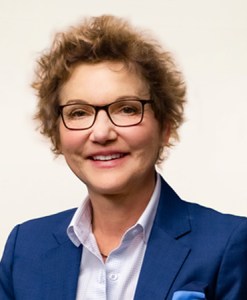The trend toward increasing inequality in family income in the United States since the late 1960s is well documented. Among key possible explanations for this increase are rising dispersion in individual earnings, changes in female labor supply decisions, and changes in family composition and living arrangements. We analyze the contribution of these factors to changes in family income inequality and poverty during the years 1969-1998, focusing on labor supply and family structure as behavioral changes but accounting also for changes in the distribution of male earnings. Our analyses rely on conditionally weighted density estimation, a semiparametric decomposition technique recently developed by DiNardo, Fortin, and Lemieux (1996). We also use a relatively novel rank-based distributional exchange to assess the effects of changes in the distribution of male earnings. ; In our empirical work, we first analyze changes between 1969 and 1989, which corresponds roughly to the period of rising inequality that has been the focus of previous work. Our results indicate that rising dispersion of male earnings and the decline of traditional forms of family structure respectively explain up to about three-fourths and about one-half of rising inequality in family income during this period. The impact of changing family structure was most pronounced in the lower half of the distribution. In contrast, the increase in female labor force participation offset rising inequality to some degree, mainly in the upper half of the distribution, although its impact has moved down the distribution over time. In extending the analyses to the 1990s, we find that the rate at which inequality grew slowed after 1989, but the explanatory factors continued to have substantial effects. In each decade, the effects of the explanatory factors on poverty were especially large and followed a pattern similar to that for inequality.
About the Authors
Mary C. Daly is president and CEO of the Federal Reserve Bank of San Francisco. Learn more about Mary C. Daly
Robert G. Valletta is senior vice president and associate director of research in the Economic Research Department of the Federal Reserve Bank of San Francisco. Learn more about Robert G. Valletta

